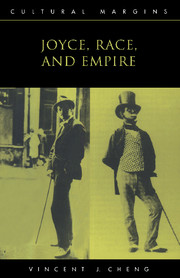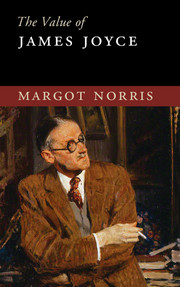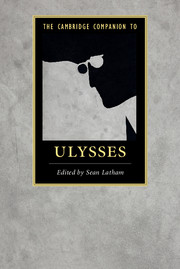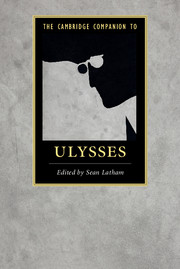Joyce, Race, and Empire
In this first full-length study of race and colonialism in the works of James Joyce, Vincent J. Cheng argues that Joyce wrote insistently from the perspective of a colonial subject of an oppressive empire, and demonstrates how Joyce's texts constitute a significant political commentary on British imperialism in Ireland and on colonial discourses and ideologies in general. This is a groundbreaking study of the century's most internationally influential fiction writer, and of his powerful representations of the cultural dynamics of race, power, and empire.
- First full-length study of race and colonialism in Joyce's works
- Groundbreaking treatment of Joyce in contemporary cultural and political context
- Third title in exciting new CUP Cultural Margins series
- Foreword by leading Joyce scholar Derek Attridge
Reviews & endorsements
"...not only has Vincent Cheng demonstrated the importance of politics to Joyce, he has also demonstrated the importance of Joyce to politics....Professor Cheng shows how Joyce's writing both acknowledges the current potency and the miserable legacy of binary thinking in the politics of race and empire and seeks continually for ways of breaching the oppositional logic upon which such thinking relies." from the Foreword by Derek Attridge
Product details
May 1995Paperback
9780521478595
352 pages
216 × 140 × 20 mm
0.45kg
19 b/w illus.
Available
Table of Contents
- Foreword Derek Attridge
- Preface
- Acknowledgements
- 1. Introduction
- 2. Catching the conscience of a race
- Part I. Dubliners: Colonialist Symptomatics:
- 3. Dubliners: the exoticized and Orientalised other
- 4. The gratefully oppressed: Joyce's Dubliners
- 5. Empire and patriarchy in The Dead
- Part II. Ulysses: Imagining Selves and Nations:
- 6. Imagining selves
- 7. Imagining nations
- 8. Imagining futures: nations, narratives, selves
- Part III. Finnegan's Wake:
- 9. White horse, dark horse: Joyce's allhorse of another color
- 10. The general and the sepoy: imperialism and power in the Museyroom. 11. Conclusion.







